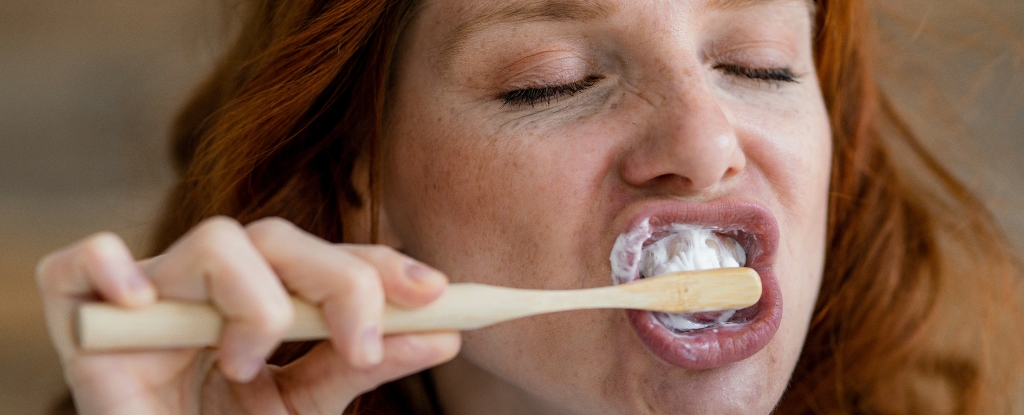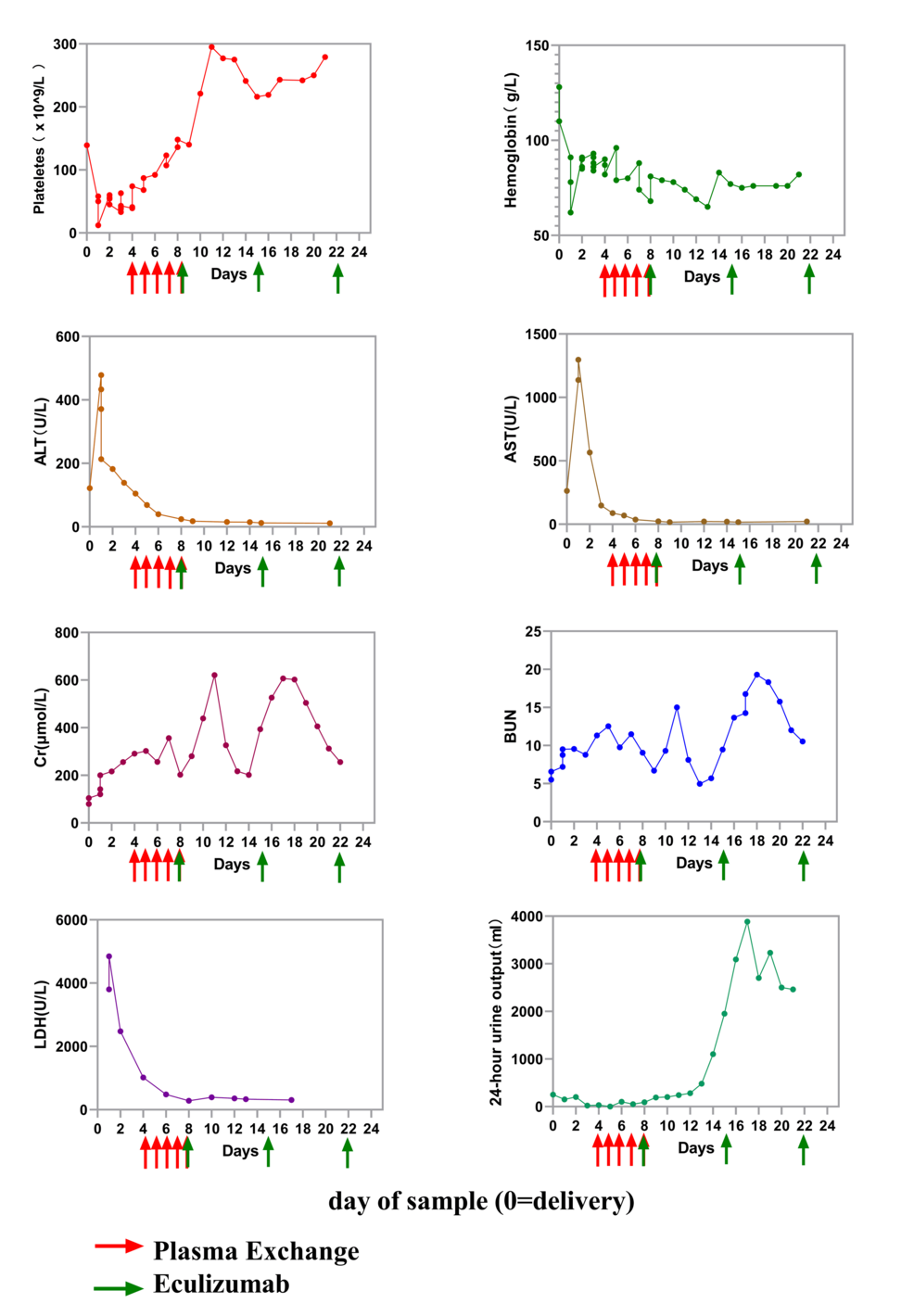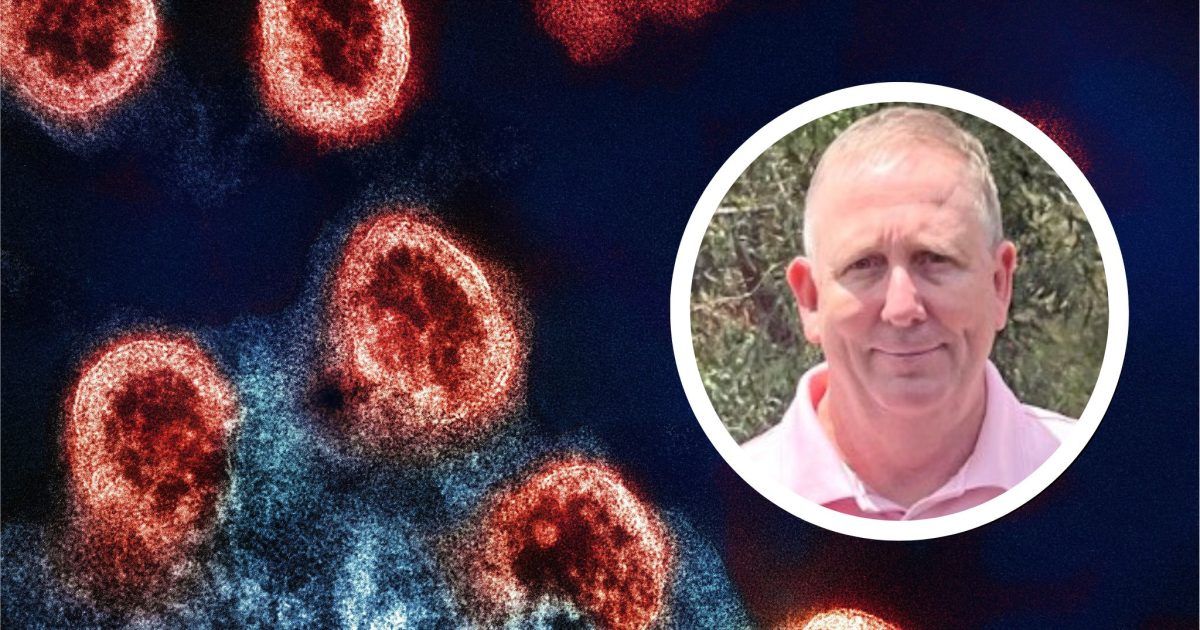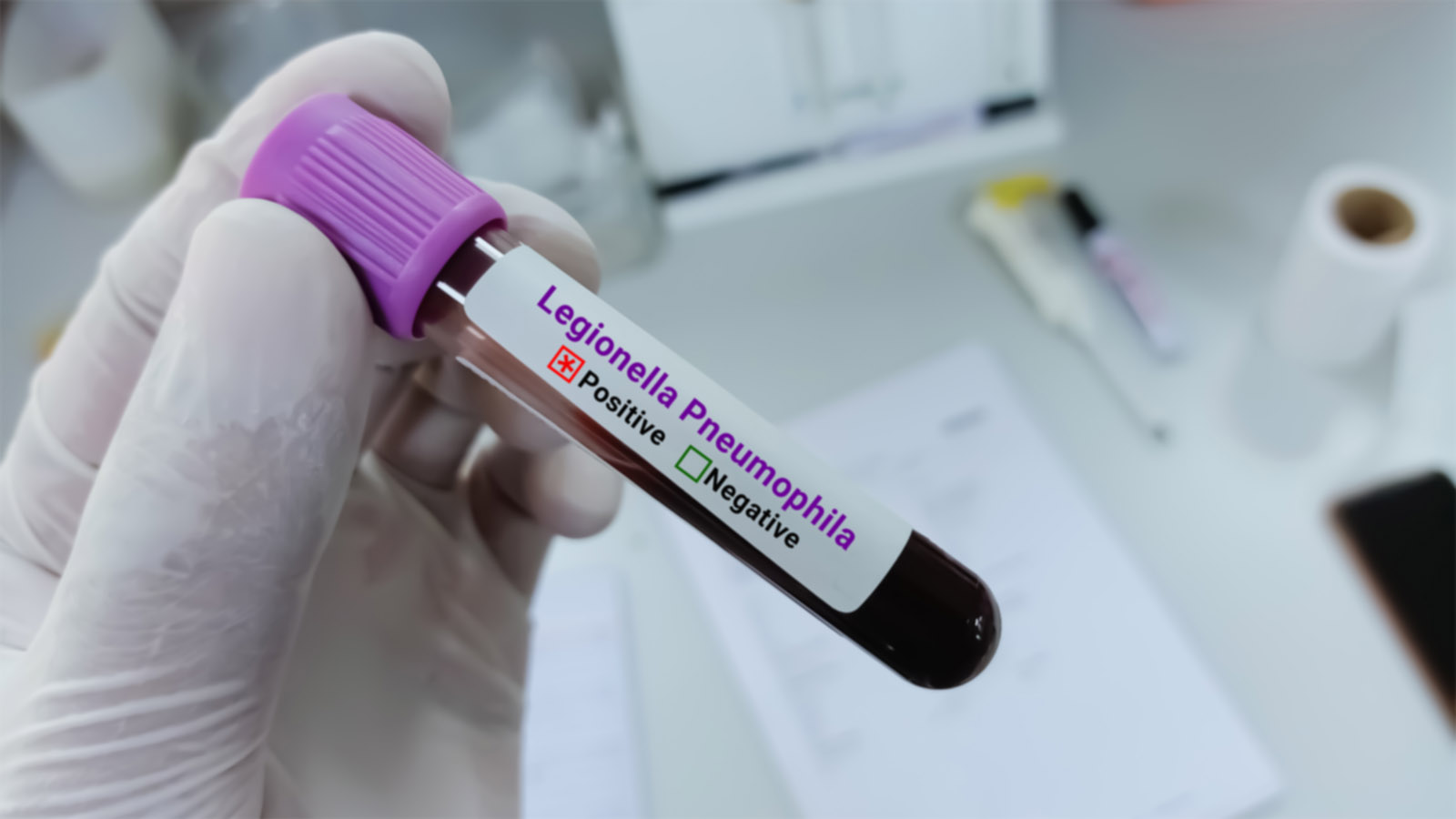Unlocking the Secret to Pearly Whites: Can Hair Really Strengthen Your Teeth?

Imagine if the key to a dazzling, strong smile has been sitting atop your head all along! That’s right—scientists at King’s College London have made a groundbreaking discovery using a common protein found in our hair to regenerate tooth enamel, the protective layer that keeps our teeth healthy and bright.
Teeth and bones—they may seem similar, but here’s the twist: Teeth simply don’t regenerate when lost or damaged. This is crucial because when tooth enamel erodes—thanks to diet, poor oral hygiene, or just getting older—it doesn't just reveal the softer, yellow dentin beneath; it sets off a chain reaction leading to a painful cycle of decay.
According to the Global Burden of Disease 2019, untreated dental decay affects around 2 billion people globally, making it one of the most common diseases on the planet. This staggering statistic doesn’t just highlight a dental crisis; it underscores a pressing issue for healthcare systems worldwide.
When tooth decay strikes, it can weaken a tooth's strength by an astonishing 95 percent, leading to unbearable pain, sensitivity, and in severe cases, tooth loss and even jawbone deterioration. That’s a lot of risk for just a little piece of candy!
Typically, we turn to resins to fill those pesky cavities, but many of these materials can be toxic and are often less effective than our natural enamel. While fluoride treatments can help slow down enamel erosion, they don’t reverse it. But what if we could actually rebuild enamel instead of just patching it up?
Thanks to the researchers at King’s College, there's hope. They’ve turned to keratin—a protein extracted from sheep wool (nope, not our own hair)—and mixed it with artificial saliva. This incredible combination allows the keratin to draw minerals from the saliva, assembling itself into a structure reminiscent of tooth enamel.
What's the outcome? This new keratin material doesn’t just look good; it behaves like natural enamel, effectively filling in cavities and providing that dazzling pearlescent shine.
The researchers didn’t stop at just one type of keratin. They played with various types and combinations to enhance strength, durability, and resistance to wear and tear, resulting in a truly remarkable material.
Senior author Sherif Elsharkawy, an odontologist at King’s College, shares his excitement: “We are entering an exciting era where biotechnology allows us to not just treat symptoms but restore biological function using the body’s own materials.”
With further development, we may soon be able to grow healthier smiles from something as simple as a haircut! The research suggests that keratin-infused dental products could hit the market in just two to three years, potentially available as a daily toothpaste or a gel similar to nail polish. Can you imagine walking into your dentist’s office for a varnish treatment that transforms your smile right before your eyes?
This innovative research might also lead the dental industry toward a more sustainable model, turning waste materials into essential healthcare resources—a true win-win for both our health and our planet. This study is featured in Advanced Healthcare Materials, and we can’t wait to see where this exciting journey takes us!




























